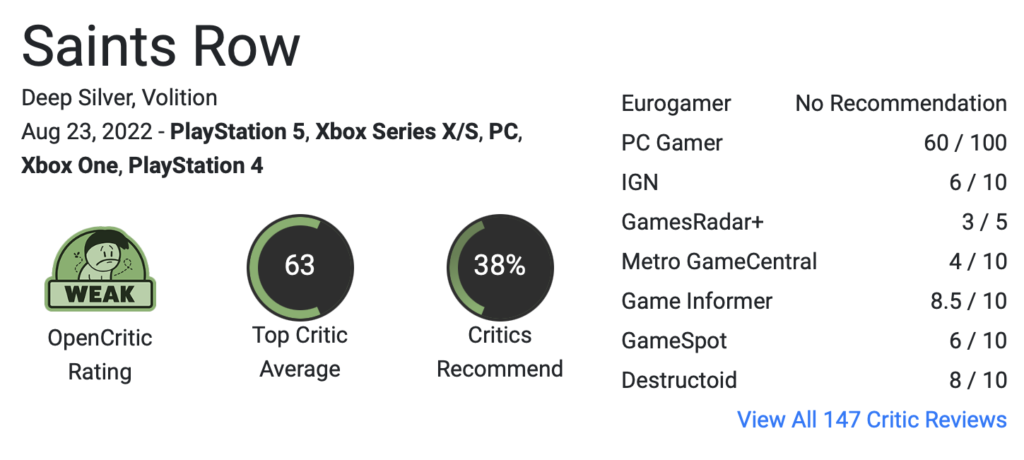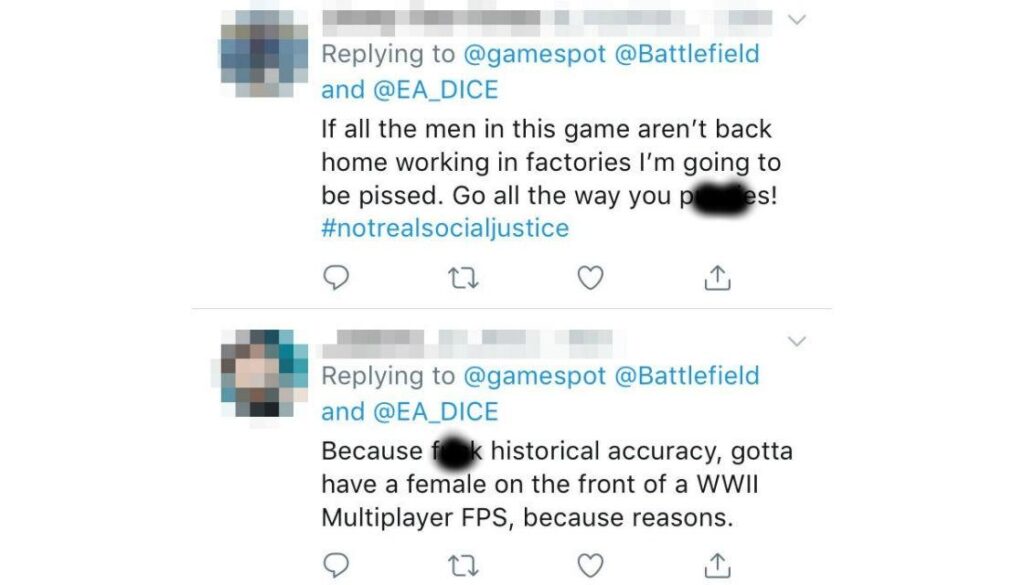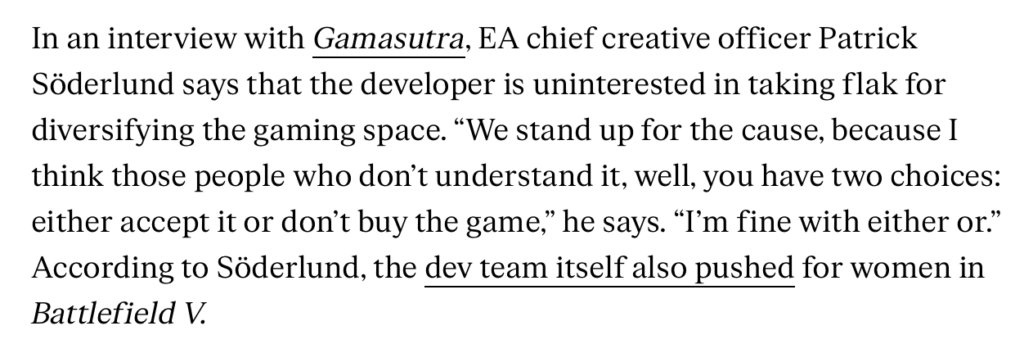A large reason I’m interested in PR is my love for talking about things that I love, Video games and filmmaking. I’m not that much of a filmmaker and I’d much rather play video games than make them, but if I can promote and support those that are what I think are the strongest filmmakers and game developers in their industries, I’m going to take every opportunity I can to do so.
The state of PR in the gaming industry is a mixed bag right now as while big companies promote and represent their companies strongly, things get more difficult due to the sheer toxicity of select gaming communities. Gaming is also an expensive hobby, with the biggest games being sold today for $60 to $70 each, making some audiences pickier and judgemental about the games they decide to purchase. On top of these, some gamers are just a**holes who make criticisms based on their views depending on the subject of a game. This group often disregards efforts made by companies to promote their product, and sometimes undeservingly gives them a bad name.
One thing I think game developers and publishers struggle with is examining their audience. Games like Saints Row (2022) and Battlefield V (2018) failed in their own attempts to determine their audiences based on their advertising and promotional material. The former’s promotional material tries to relate to the youth, particularly the Gen-Z generation. While its content certainly reflects this effort, the existing franchise as a whole strived with its clash of a semi-mature gangster storyline with a comedic backdrop that complements the nature of the game itself. This rebooted entry focuses heavily on the comedic side of the franchise, and it is very apparent in its advertising. Despite accurately representing the game, it failed to spark interest in any audience in particular, with older audiences feeling alienated from a loved franchise, and younger audiences seeing through their efforts in relatability.

The latter game is a complicated situation. A prime factor of its advertising was the fact that its story focuses on a Norwegian female soldier, and on top of this, featured a female soldier on its box art. This was seemingly their focus since all previous entries featured males in their box art. A majority of the Battlefield audience sadly wasn’t a fan of this aspect, with the game being based on WWII and their notion of female involvement in the war being little. The developers’ (EA, DICE) reaction to their criticism of an increase in female representation was to tell those unhappy about it to not purchase the game. While I don’t agree with these criticisms of their inclusionary efforts, the game’s sales performance wasn’t ideal for the company, even when it did sell 7.3 million copies. (This is a major publisher, in any other case 7.3 million wouldn’t be an issue)



So while female representation was and is certainly important to the developers and publisher, if they took a different approach representing the game in its initial reveal and reacting to these complaints, these groups reactions may have gone a different direction.
There are many more cases with missteps in gaming PR that I’d like to cover, but these are a couple that shows what a majority are like overall.